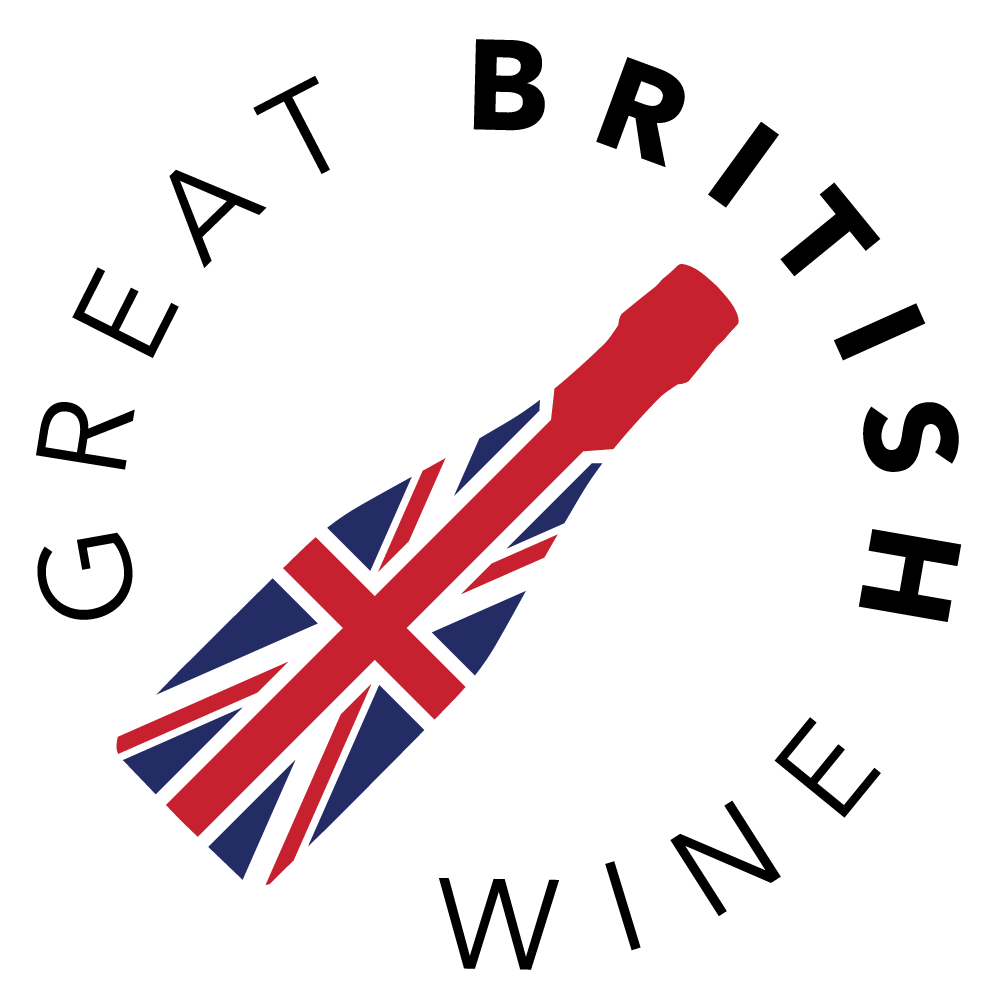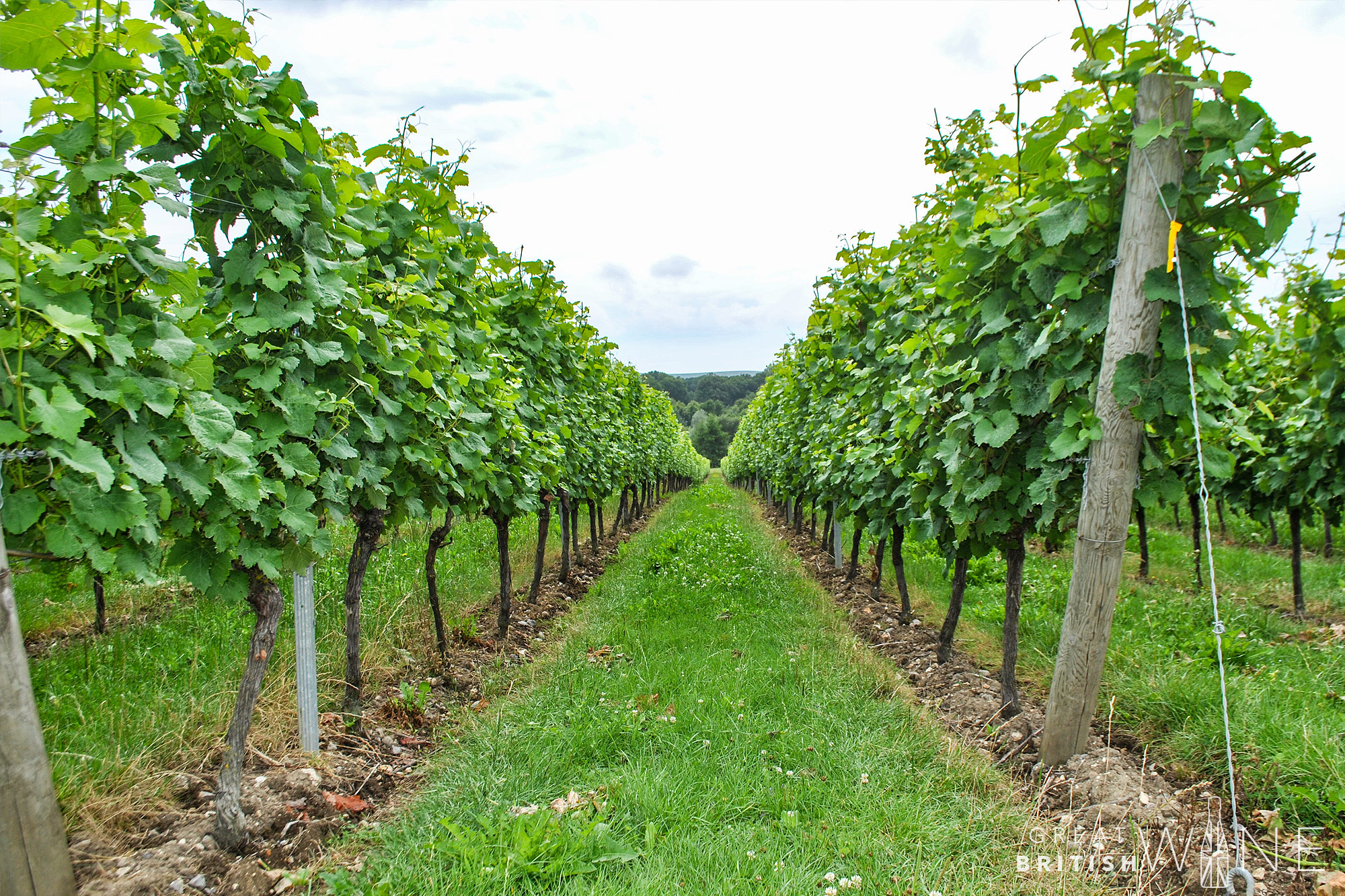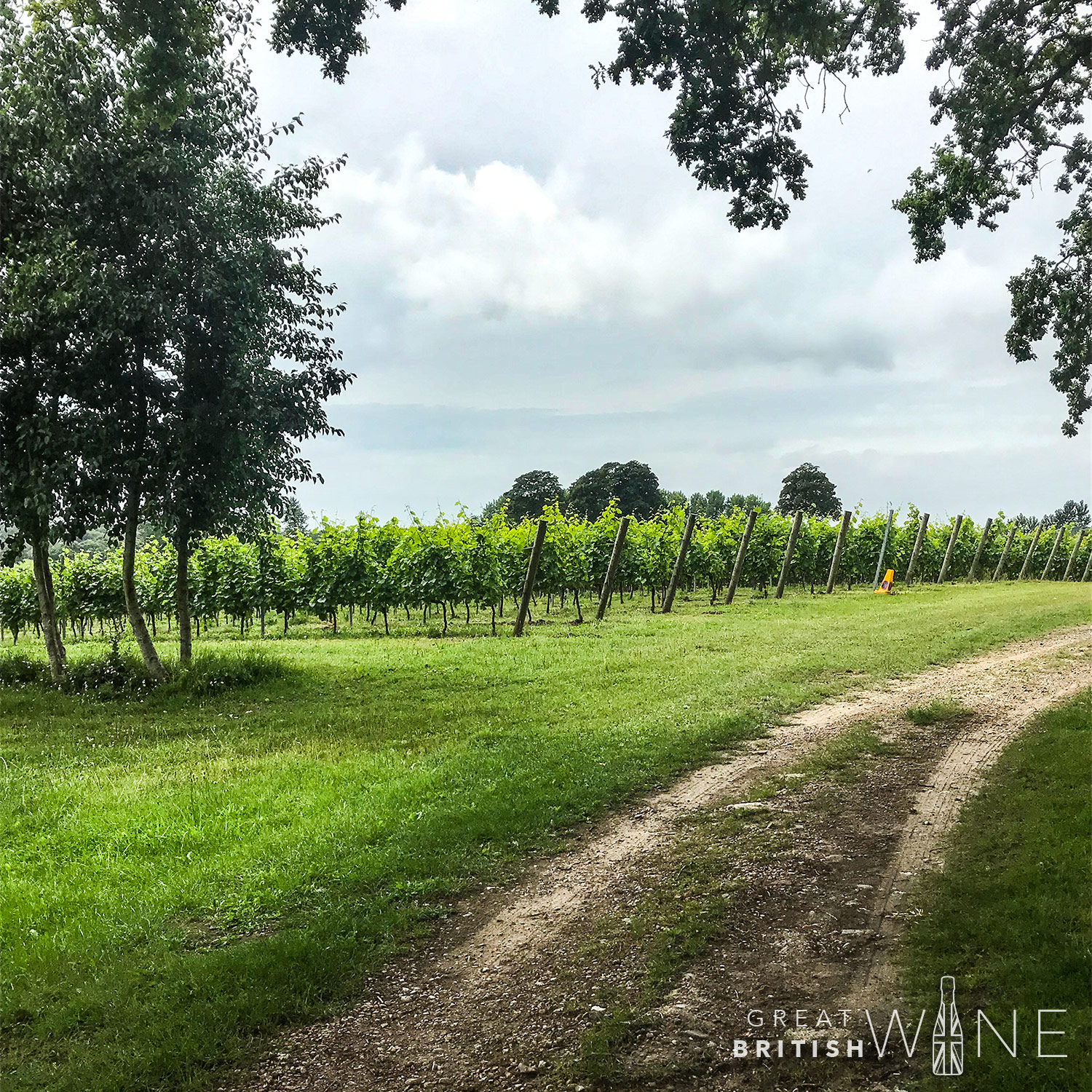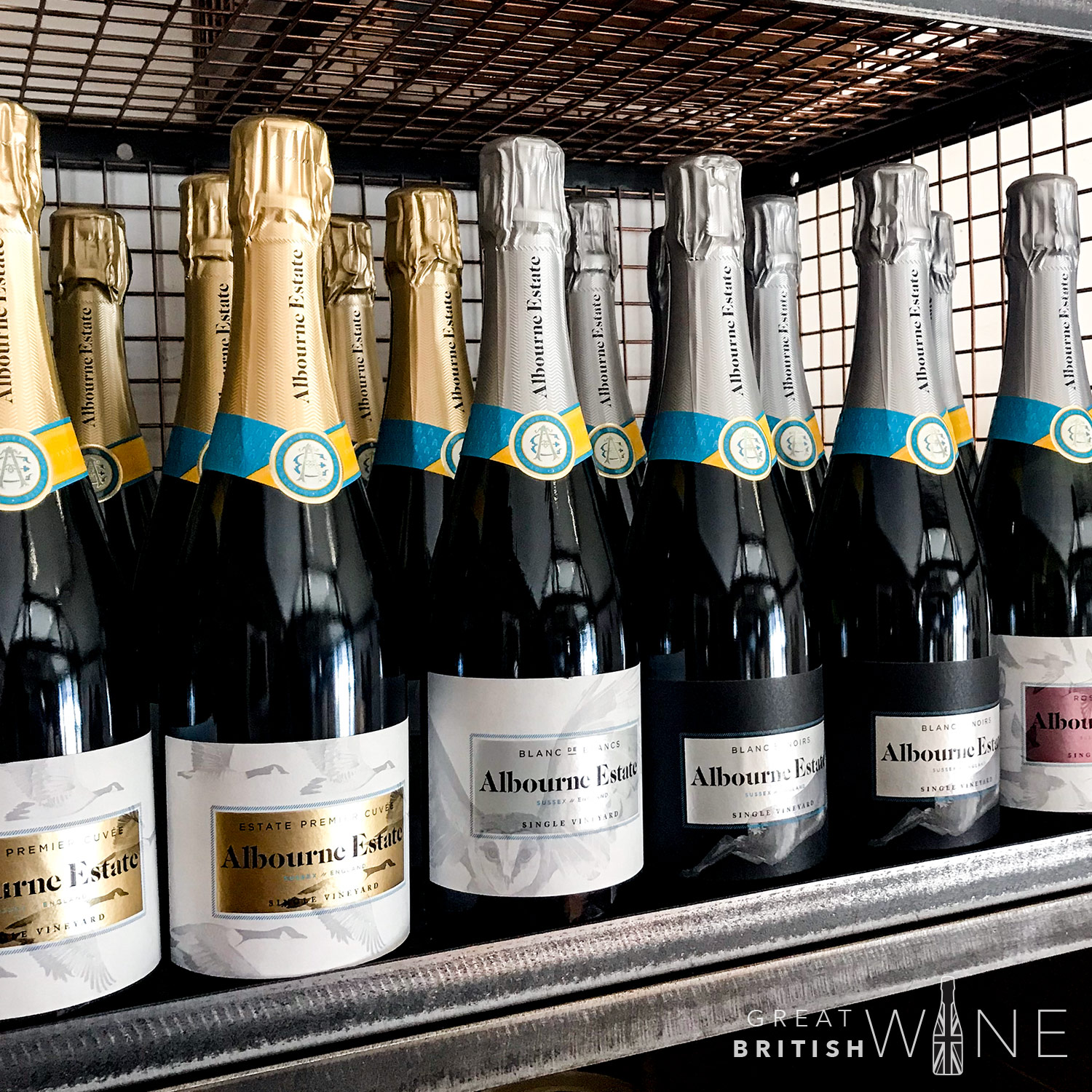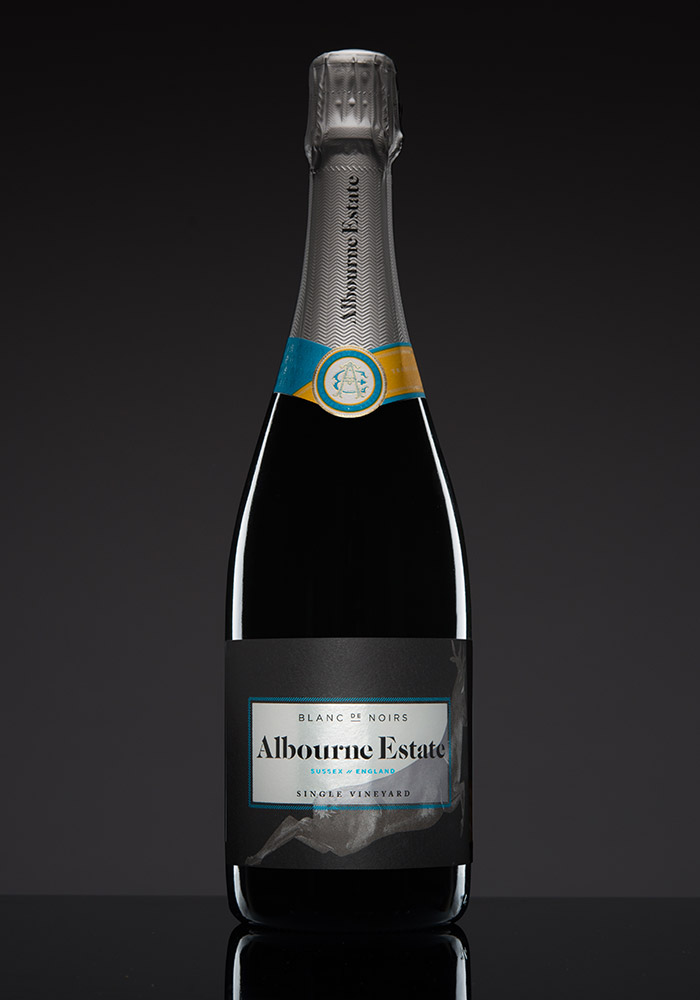One only needs to speak to Alison Nightingale for a matter of minutes to realise that this lady is a dynamo; intelligent, forward-thinking and with a finger on the pulse. Plunging in at the deep end on the topic of business in the wine trade, the conversation moved quicker than I could take notes. I was glad to have made a trusty recording of the interview. If you ever wanted a frank and open conversation with a leading British winemaker, this is it.
To give you a bit of background on the estate, the first plantings were in 2010 on ex-arable land and the first vintage was in 2013. The vineyards lie on south-facing slopes of cretaceous green sandstone. The first wine to be released was a still wine in 2014, and the first sparkling in 2017. As wineries go, Albourne Estate is relatively new on the scene but as Alison says, referring to the dozens of vineyards that seem to pop up overnight: “we feel like old hands here, I wouldn’t have expected it”, and, without one question being asked, we dived straight into her views on the success of the British wine industry.
Now, is it just me, or are there a lot more young wine lovers out there these days? With varieties named on bottles, funky new labels akin to the craft beer scene and umpteen uber fun and funky wine bars around, is it any wonder that WSET have experienced record student numbers?
British wine is now a nationwide entity, both in the countryside and in the supermarkets. Wine is now easier to understand, in part, thanks to the New World shaking up the labelling system and stating the variety on the bottle. So how are British wines in particular helping the novice drinker understand?
When Alison first started out, she did not expect so many other vineyards to shoot up. So, what do we owe the pleasure of this expanding industry? Well first of all, Alison pays thanks to the feasibility of wine tourism in the UK. “People may have visited a vineyard in France or somewhere but felt quite disconnected from it. Whereas here, people can visit just from home and can remember the summer that I’m talking about, and therefore understand when I describe the vintage. It’s just so relevant and helps people understand so much better.”
Living in Sussex, I have somewhat of a warped view of the popularity of English wine. But as Alison points out, we live in a biased area with many wine lists in Brighton featuring English wines but there are still many restaurants around, even in London, with no English wine at all. Even so, one must admit that the industry has been expanding at a rapid rate. I asked Alison for her opinion on the expansion of the British wine trade so far. “The rapid growth we’ve seen is due to the distribution base expanding, with new listings etc., so continued growth is all about growing that distribution but also maintaining the rate of sales. Now I imagine it would slow somewhat as the easiest distribution targets are ticked off, e.g. the type of restaurants interested in high end local products. As that fills up, they will now be going for the harder targets of distribution, so it will still grow but at a slower rate.” Her projection is a logical argument. And, as for still wine, she predicts that this will continue to grow, as still wines have lagged behind sparkling wines, and it’s a much bigger market. Alison sees this as an area which will continue to grow rapidly. However, she rightly points out two fundamental problems with making still wines in Britain: “what will be the main hindrance will be continuity and quality. The brilliance of Traditional Method sparkling is that it’s possible to deal with a marginal climate. Because we’ve had ridiculous vintage variations, from a low in 2017 to a high we’ve never seen the likes of in 2018. Restaurants aren’t very happy if we can’t supply them with the wine they had the previous year - you’ll get delisted.”
So what do you do when suddenly you have higher yields than you ever expected? The answer: get creative. It’s almost sad to hear the reports of bunches being left on vines, last minute extra tanks being imported and even juice being thrown down the drain after the voluminous 2018 vintage. One of Alison’s ideas was to make a Frizzante Bacchus. This incidentally is also her answer to demands for a rosé which she’s reluctant to make. The Bacchus ticks the box of being fun, light and easy. But she’s well aware that rosé is usually made to be drunk young and fears having left over stock at the end of the summer and no buyers.
And on the subject of Bacchus… Alison believes that we need to think carefully about nationalising the variety. This is a grape that has experienced great growing success at Albourne. But why has it become so popular? Alison has a few ideas: “firstly it’s a really appealing wine in terms of its aromatics and flavour profile but, secondly, it’s just an easy name to say.” She has a point, given the examples of Müller-Thurgau or Madeleine Angevine which don’t stick as easily in the brain. So what’s the danger? The danger lies when the variety becomes bigger than the brand. “I don’t want people to think, ‘oh Bacchus is so fabulous therefore I will buy anyone’s Bacchus’. I want them to buy Albourne Estate Bacchus.” Drawing on New Zealand’s huge success with Sauvignon Blanc, Alison has reason to be wary of England’s image going down the same route. “Because then it all becomes about who can get the distribution and who can do it at the best price. I don’t really want us to become a one trick pony.”
Now I don’t doubt for one second that the New Zealand wine industry isn’t grateful for their sterling reputation and consistent industry growth, owing largely to the success of their Sauvignon Blanc. However, how many other wines from New Zealand have the Brits actually taken the time to immerse themselves in? Not imagining that Britain has the capacity to grow Bacchus to such a large scale of course. But back to the point, Alison believes that the UK would be better to promote diversity and complexity in our wines. “Let’s make Bacchus a strand.”
She admits to comparing the two varieties herself in her earlier days but has since had a rethink on her sales description. “It’s a helpful analogy but it has now been revealed as much more interesting in its own right. England is still such a young industry to be claiming to have nailed a signature variety when surely we’ve only just begun to understand it.”
Go taste for yourself... Tours at the winery can be booked online (only twenty minutes drive from Brighton). You may well get the chance to meet with Alison, a fascinating woman, whom I have no doubt will be more than happy to answer any questions you have about the Albourne Estate, growing vines in England and anything else you want to know about the British wine industry.
And now, on to the wines…
- 30 Acres
- By Appointment
Albourne Blanc de Noirs
GRAPES: Pinot Noir
A multi award-winning sparkling matured for 44 months on the lees.
The enticing warm colour is sure to attract those who like a bit of glitz and glamour in the approach to the festive season.
Delicate aromas of caramelised apples accompany subtle notes of ginger nut biscuits.
A tongue-tingling mousse readys the way towards a crisp mineral finish thanks to its extra brut dosage.
- Buy from Albourne Estate On Offer at £21.95
Albourne Sandstone Ridge 2018
GRAPES: Chardonnay, Ortega & Pinot Blanc
A clean and lean Chardonnay-led blend with the minerality and vivacity of a Chablis.
This wine contains a subtle textural richness to it thanks to contact with second fill oak barrels that adds to the overall quality.
The aromas are reminiscent of green gooseberries, zesty lemon peel and tangy British apples.
A great wine to open at the start to the evening or pair with white meat or shellfish.
- Buy from Albourne Estate £14.95

